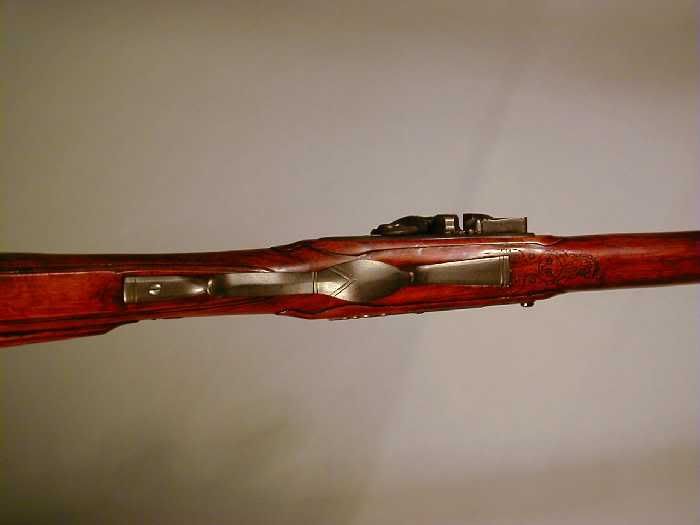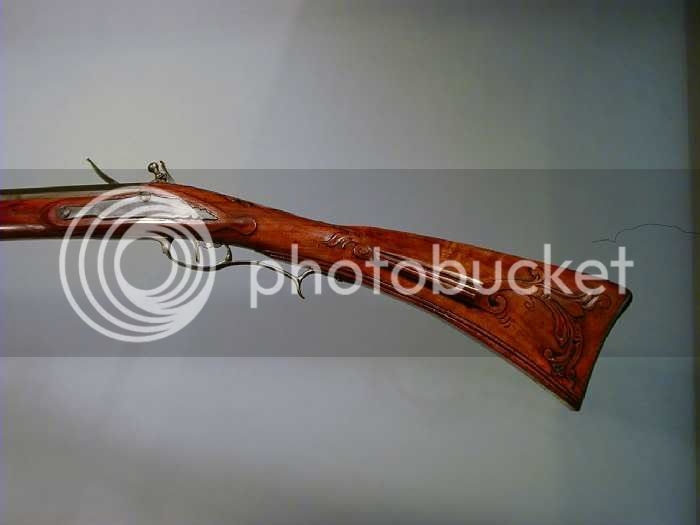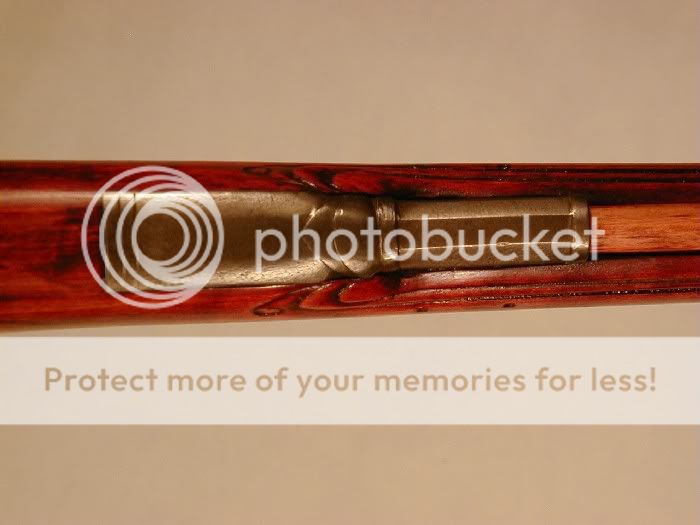I'm with Stumpkiller on this one. There are no known Lancaster rifles of the 1770's with iron mounts, except a J Ferree rifle with a sideplate replacement of iron.
In an effort to provide alternatives to customers, and allow creative freedom, suppliers have made iron (mild steel actually) mounts available for many types of longarms that never had them. Moreover, they simply make them identical to the brass mounts except using mild steel. That's in big contrast to original iron mounts that are forged, not cast, and often take different forms. So now it's possible to look in a catalogue and think, "do I want brass, German silver, or steel on my early York County rifle?" when there are, in fact, almost no examples of iron or German silver being used. This causes a lot of confusion, and I wish the catalogues would make it clear that these are creative choices that are not period correct AT ALL.
The big exceptions are Southern mountain rifles, plains rifles, etc., which often had iron mounts.
In an effort to provide alternatives to customers, and allow creative freedom, suppliers have made iron (mild steel actually) mounts available for many types of longarms that never had them. Moreover, they simply make them identical to the brass mounts except using mild steel. That's in big contrast to original iron mounts that are forged, not cast, and often take different forms. So now it's possible to look in a catalogue and think, "do I want brass, German silver, or steel on my early York County rifle?" when there are, in fact, almost no examples of iron or German silver being used. This causes a lot of confusion, and I wish the catalogues would make it clear that these are creative choices that are not period correct AT ALL.
The big exceptions are Southern mountain rifles, plains rifles, etc., which often had iron mounts.








